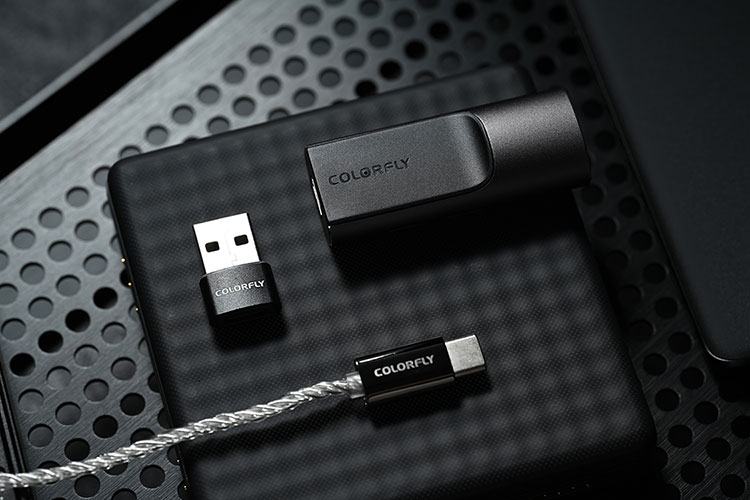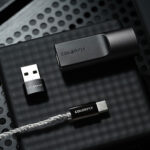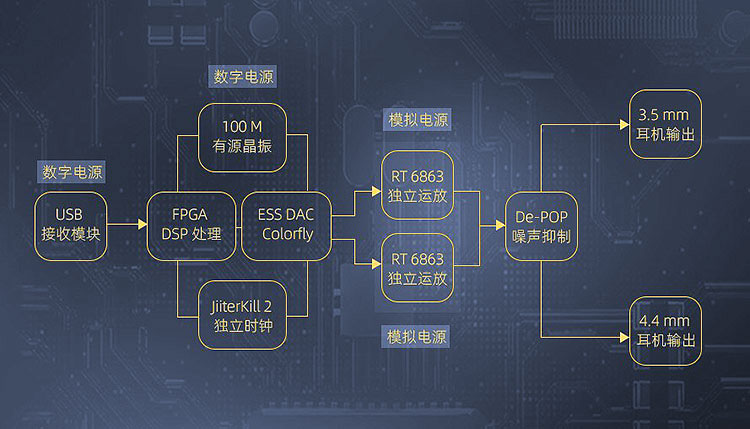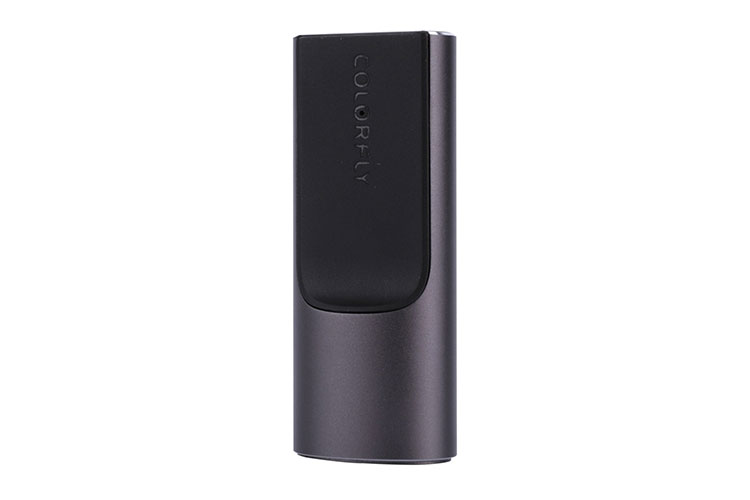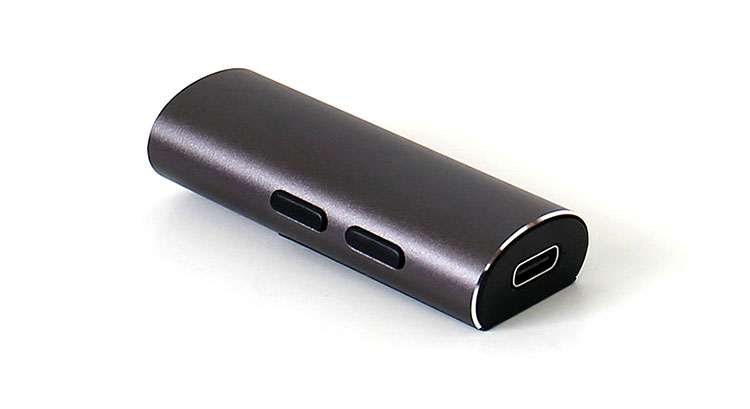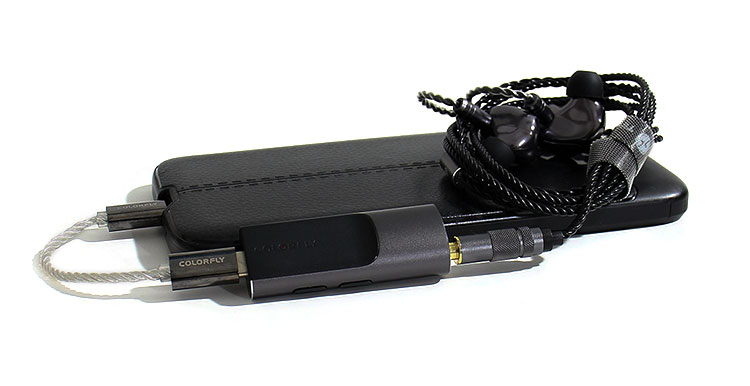This review is an in-depth listening test on the Colorfly CDA M1, which is a balanced DSD512 capable dongle-type portable DAC & amplifier. It is priced at $89.99
Disclaimer: This is a sample sent to us in exchange for our honest opinion. Headfonics is an independent website with no affiliate links or status. We thank Colorfly & Shenzhen Audio for this opportunity.
To read more about Colorfly products that we have previously covered on Headfonics click here.
Note, that this article follows our latest scoring guidelines which you can read up on here.
We have another dongle DAC review for you and this time it’s a model from Colorfly and their pocket HiFi series labeled the CDA M1 which I believe is their sole offering in this particular market.
Colorfly also offers a cool, round, and quirky-looking Bluetooth receiver, the BT-C1 but it’s not considered a dongle DAC although it could probably be used as one it’s not marketed as such and not particularly a dedicated dongle DAC like the CDA M1.
The Colorfly CDA M1 doesn’t seem to offer anything different, or does it? I think there’s more to this dongle other than what’s visible on the surface and this dongle device needs to be explored further to make that evaluation.
Tech Highlights
Colorfly seems to have used a familiar tactic here in that they borrowed some of their own technology from previously released gear to make the CDA M1. Apparently, the CDA M1 uses the Colorfly A-Alpha DAC section which is an ESS Deep Custom digital to analog converter that is reworked by Colorfly.
This DAC section design was used in particular by Colorfly on their Pocket HiFi U8 player while the U6 and the C200 used similar variants. Their other two Colorfly DAPs, which are the C4 Pro and the C10, use Cirrus Logic chips instead.
When you go past the DAC section and explore the output stage of the CDA M1 there is a dual OP Amp setup implemented that uses 2 RT6803 chips which then are tied to a de-popping circuitry that mutes the output when no signal is present which brings two distinct benefits to the CDA M1.
First off, this circuit design saves on battery life by removing the main load of the device while not producing sound. Second, it also gives a totally silent background in silent passages or when not in use.
Digital Formats
The Colorfly CDA M1 offers only two basic digital format renderings but is capable of high rates. PCM can reach 32BIT/ 768 kHz rates and native DSD512 with DoP256.
MQA cannot run on this device directly. It seems to have enough decoding power for it and perhaps licensing omitted MQA which in turn can save money on the final product cost which I am all for.
The CDA M1 seems to not mind what you plug it into either and it seems totally plug and play. I can confirm Windows 10 and 11 compatibilities, Android version 10 and up, and even a Chrome book but could not confirm if it works on iPhone for the lack of one although Colorfly assures it’s compatible.
All formats are put in check by the use of a JitterKill 2 independent clock architecture with an ultra-low jitter 100m active crystal oscillator.
Design
The Colorfly CDA M1 is a simple device far as appearance. The main body is metal and has an oval cylinder shape but halfway it tapers to half an oval.
The tapered side has a small LED which seems to be more of a power-related LED rather than a format indicator and I’ve only seen it produce two colors, red and green. It is cleverly placed right in the center of the O in the Colorfly logo.
One end of the device which is the input side has a USB-C female port and the other end cap has two headphone outputs, a 3.5mm single-ended and a 4.4 Pentaconn balanced connection which has twice the power output of the SE side.
The CDA M1 has an onboard hardware volume control that ties itself to the source volume control and I wished it did not and would prefer one that acts independently. That way you get more finite volume adjustment plus the fact that each volume step is fairly far apart does not help it much either far as precise adjustment.
I did see something on the internet about the CDA M1 having some kind of a selectable gain feature or a 2-stage output but since the instructions on this device are scarce I personally did not discover the feature and cannot say much else about it.

Packaging & Accessories
When I looked inside the box I did not find a user’s manual or a quick guide of any kind. I could not find a downloadable version either at the present time as the link on the website seems to be bare and there’s no download link supplied.
So, what do you get? The dongle of course but you also get a Colorfly branded male USB-C to male USB-C wire and a full-size USB adapter which is also branded.
Both pieces seem like good quality pieces and very useable but the device does not come with lightning connectivity although the device is fully compatible with Apple devices.
Performance Numbers
The numbers are not too bad here. You get 200mW from the 4.4 balanced output and 100mW off the single-ended 3.5mm port. It seems that’s just a rounded-out number. The power rating does seem conservatively rated since this device could push a full-sized efficient planar headphone quite well.
The CDA M1 has a DNR set at 130db and the SNR at 120db. The Frequency response is listed at 20 to 20 kHz but I bet the high frequencies can extend beyond that.
Sound Impressions
Summary
Off the bat, midrange and detail take center stage here. The Colorfly CDA M1 gives off a forward midrange with lots of detail, the treble response is well controlled and behaved while the bass response seems even more controlled.
In my particular case, I did have to add some color in that area to my preference since to me it was tuned to sound rather lean.
To best describe the midsection, it has the ability to bring forth details faint or lost on other similar devices. It does have an introvert character that brings midrange elements inward but it keeps a good amount of width that on top of being wide is capable of accurate imaging and pinpoint panning.
Tonality is rather neutral and rather cool in the presentation. In my opinion, it needs to be fed a small amount of bass boost to warm things. The bass seems rather shy and often takes a back seat which can sometimes on occasion throw off the overall bottom-end presence.
Once you do boost the bass things get interesting since the CDA M1 seems capable of producing plenty of power in those lower regions. It was a rare occasion that I felt the CDA M1 was starved for power.
The stock bass is not absent or too deficient and will suffice most listeners but it seems to have a very gradual slope below 30Hz and I prefer in general a heavier and beefier bottom end.
However, I think this character gives way to a cleaner and more natural midrange and upper treble region which in my opinion is what this dongle audibly does best.
Synergy
Efficiency
The Colorfly CDA M1 does run a touch warn and I always believed that warm and hot running gear run so because of lost efficiency. However, when I observed power consumption off my mobile device all I could see was an average of 1% drain every 5 minutes or so with loud or medium volume music listening and that’s not too bad.
Does a low power drain device deliver a good power output amount? It seems so since the HIFIMAN Sundara, which are my daily cans, were pushed very well with the CDA M1.
Even my Arya Version 2 was pushed adequately and with a good amount of bass to boast once boosted plus it did not seem to lose steam until volume levels got extreme.
I think one of the best characteristics of the CDA M1 was just mentioned and it’s that even with the boosted bass region the CDA M1 did not become overwhelmed as other similar devices. The bass response remained punchy, clean, and energetically fun.
Pairings
I did wonder what the Colorfly CDA M1 would be like paired with a bass-heavy can or an IEM.
Perhaps something like a MEZE 99 Classics. But I went a totally different route with a pair of Grado SR80X which have a more neutral bass response. The latter pairing had very good synergy and the CDA M1 actually bought out the best of the SR80X.
The pairing was successful due to the good imaging capabilities of the CDA M1 and SR80 alike. They both seem to be aiming for a similar stock tuning that caters to the listener that prefers midrange quality over everything else.

